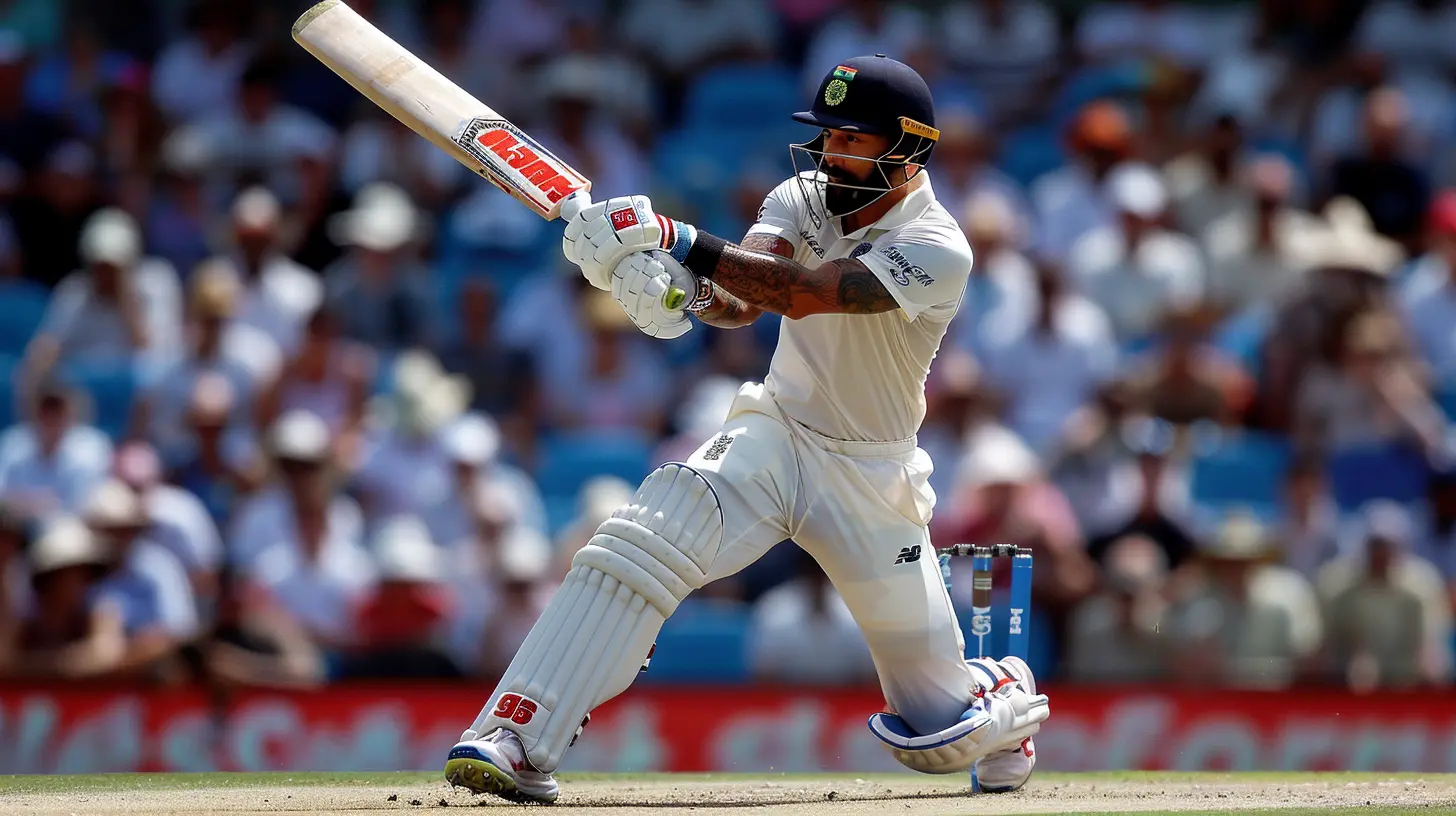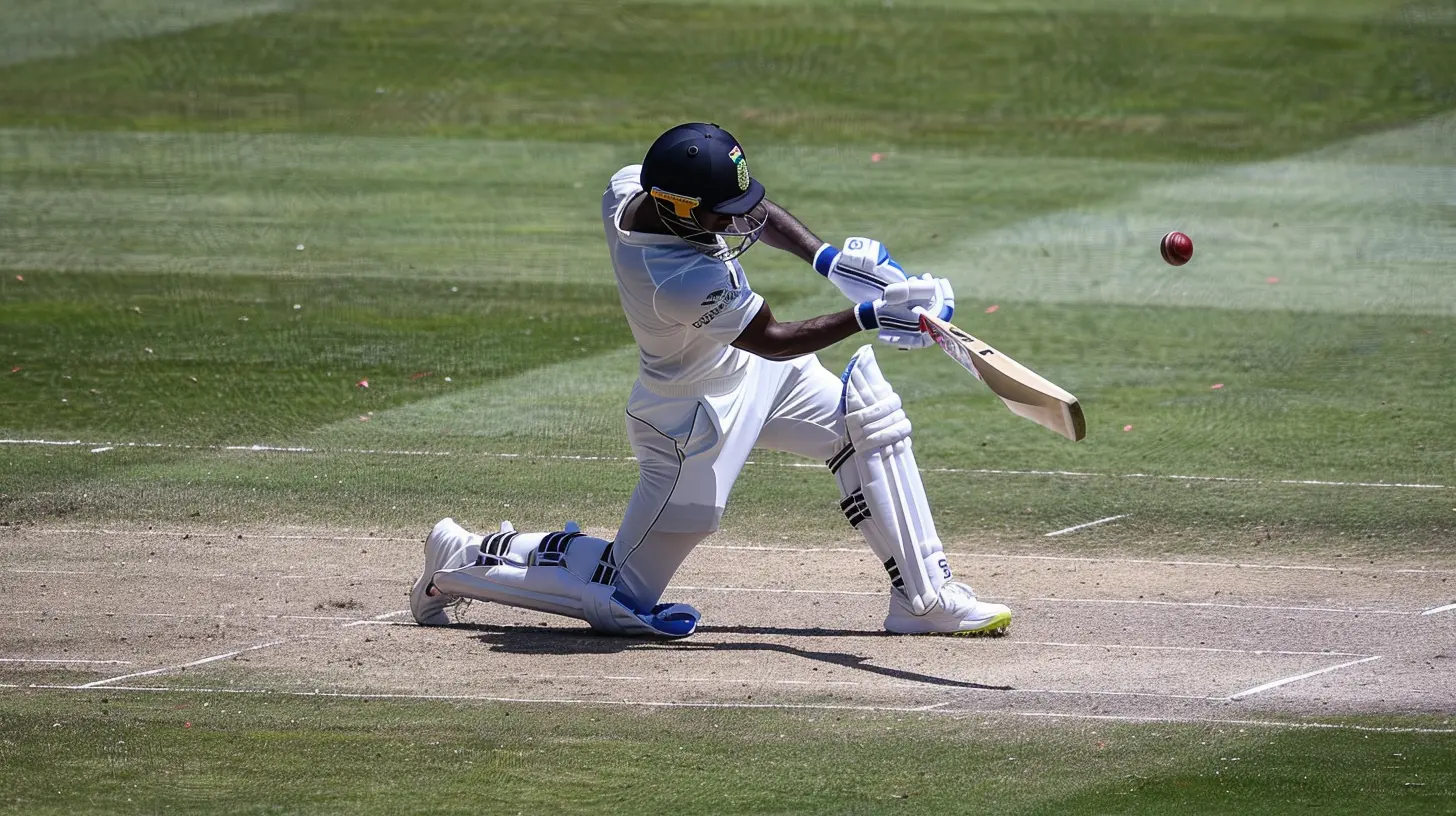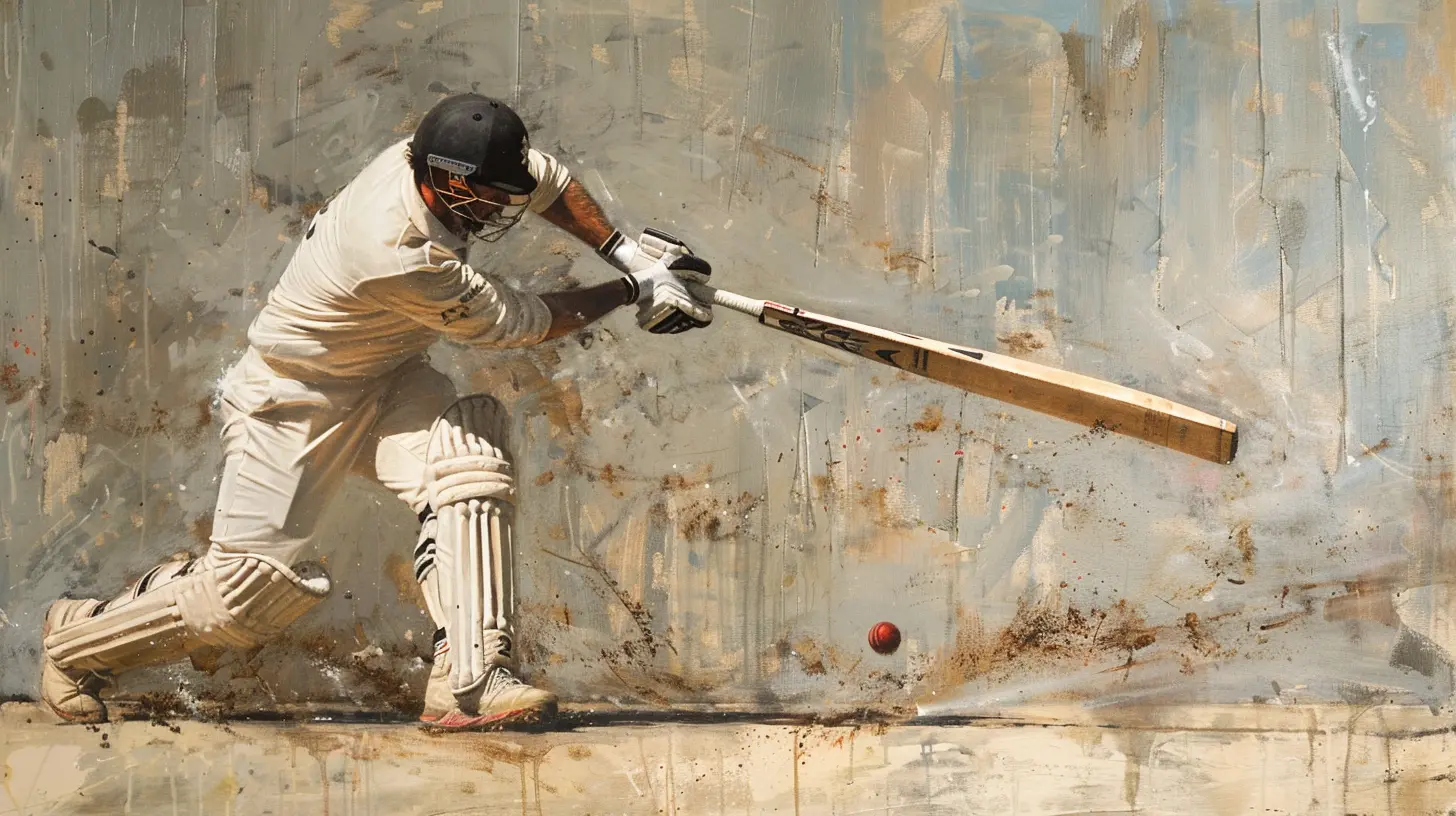Mastering the Art of Reverse Swing: Tips from the Pros
6 July 2025
Reverse swing — sounds mysterious, doesn’t it? Almost like a cricketing sorcery that pops out of nowhere, leaving even the best batters scratching their heads. Ask any fast bowler, and they’ll tell you: it’s not just about speed, but smarts. Getting the ball to defy physics and move the "wrong" way at 140+ km/h? That’s cricket wizardry right there.
But here’s the deal — reverse swing isn’t an accident. It’s a skill, honed over time, with insane attention to detail. And luckily, the legends of the game have dropped enough breadcrumbs for us mere mortals to follow.
So, if you've ever dreamed of making the ball talk in the death overs or simply want to understand how the greats like Wasim Akram, Waqar Younis, and James Anderson did it — you're in the right place. Let’s break down this dark art, with some golden nuggets straight from the pros.
🔄 What Exactly Is Reverse Swing?
Alright, before we dig deep, let’s clear the air. What is reverse swing?In simple terms, swing bowling is when the cricket ball moves sideways in the air. Conventional swing happens with a newer ball — the shiny side creates more airspeed over it, curving it towards the rougher side.
But with reverse swing? It’s the opposite — the ball swings towards the shiny side, and it usually kicks in when the ball is older, rougher, and tired of bouncing around the field. Sounds weird? It totally is. That's why it’s so effective.
At speeds above 85mph (about 137 km/h), the airflow around the ball reverses — and boom, reverse swing happens. It's subtle, deceptive, and deadly.
🧠 The Science Behind Reverse Swing (Without Getting Too Nerdy)
Let’s quickly nerd out — just a little.When a bowler hurls the ball, the air behaves differently on each side due to the ball’s surface. Since one half is kept shiny and smooth, and the other half is allowed to roughen up naturally, there’s a disparity in how air flows across both sides.
- Shiny side creates less resistance.
- Rough side creates more turbulent airflow.
For reverse swing to happen, the difference is so intense (with help from high pace and dry pitches), that the ball swings towards the shiny side. Opposite of what you'd expect. And that’s what makes it so dangerous — especially when the batter’s already settled in.
🏏 History Lesson: How the Pros Changed the Game
Reverse swing wasn’t always part of cricketing folklore. In fact, it was once considered borderline illegal — until legends from the subcontinent embraced it and showcased its brilliance.🇵🇰 Pakistan’s Magic Duo: Wasim & Waqar
Wasim Akram and Waqar Younis need no introduction. These guys didn’t just master reverse swing — they weaponized it. Bowling at 90 mph with the old ball, they made middle stumps cartwheel out of the ground like it was nothing.Their secret? Lethal pace + perfect seam position + an almost obsessive care of the ball.
🏴 James Anderson: England’s Reverse Swing Maestro
The English veteran James Anderson, while not express pace, became a reverse-swing artist with masterful wrist control and seam precision.Years of toil, especially in dry overseas conditions, taught him the tricks — especially how to maintain the ball and use subtle adjustments in wrist position to bamboozle batters late in the innings.
🛠️ Getting Practical: Tips to Master Reverse Swing
Now we’re talking. Let’s get into the meat of it. You want to master reverse swing? Here’s your playbook, straight from the cricketing elite.1. Be Obsessed with Ball Maintenance
Reverse swing starts with one obsession — taking care of the ball.- Keep one side crystal-clean. Sweat, polish, rubbing on your pants — do it religiously.
- Let the other side stay rough naturally. Don’t tamper — that’s a one-way ticket to suspension.
Pro tip: Assign one or two players to baby the ball every over. Keep the shiny side facing the sun when walking between overs. Every little detail matters.
2. Bowl Fast Enough
Here’s the harsh truth — reverse swing doesn't happen at 120 km/h. You need serious pace to generate that late movement.Aim to hit 135+ km/h consistently to even get the ball talking. The higher your pace, the more pronounced the swing.
Don’t have express speed yet? Focus on strengthening your core, improving your run-up, and working on release — speed will come with time.
3. Seam Position is King
Reverse swing relies heavily on how you present the seam.Keep it slightly angled towards the shiny side (yep, that’s the side it will swing towards). The wrist needs to be upright. Not floppy, not side-on — just straight.
This part takes serious reps in the nets. Film yourself, get feedback, and drill it until it’s muscle memory.
4. Learn When to Use It
Timing is everything. Knowing WHEN to unleash reverse swing is half the battle.Typically, you start getting any movement once the ball is around 30-40 overs old — depending on pitch and conditions.
Ideal scenarios?
- Dry, abrasive pitches (think UAE, India, Australia).
- Hot weather.
- Uneven outfields that scuff one side up quicker.
Also, use it against set batters. Surprise them. They’ll read conventional swing, but reverse swing? That comes out of nowhere.
5. Target the Stumps — Not the Pads
One mistake rookies make is aiming too wide when trying to reverse the ball.The pros will tell you — if you get reverse swing, aim for top of off-stump or middle stump. If it swings in late, you’re rattling timber.
And if it doesn’t? You’re still attacking straight. Minimal risk, maximum reward.
🎯 Master the Art of Setup
Great bowlers don’t just bowl. They set up victims.Think like a chess player. Bowl a few away swingers to lull the batter into comfort. Then, BOOM — reverse one in late, and watch chaos unfold.
Waqar Younis did this to perfection — throw a few wide, then a thunderbolt reversing in, breaking toes and stumps alike.
🎥 Train Like the Pros
You want to get good? You need to train like the pros.- Net sessions with an old ball: Simulate match situations.
- Film every delivery: Focus on wrist position, seam alignment, landing spot.
- Use bowling aids: Foam balls, weighted balls, and even bowling machines can help replicate reverse swing conditions.
- Work on your fitness: Reverse swing needs stamina. You’ll usually bowl it in long spells on hot days.
🚫 Common Mistakes to Avoid
Let’s call ‘em out:- Over-polishing both sides: You're killing the asymmetry needed for reverse swing.
- Bowling too slow: It just won't work below 130 km/h.
- Using it too early: Don’t force it with a new ball. Wait it out.
- Ignoring wrist positioning: An unstable wrist = no swing. Period.
🧪 Bonus Tip: Reverse Swing for Lefties and Righties
Left-arm bowlers like Mitchell Starc and Wasim Akram have an extra edge. Reverse swinging the ball into a right-hander often results in bowled or LBW — because it comes from an awkward angle.If you're a lefty, embrace it.
Right-arm bowlers? You can still own this. Start wide of the crease, angle in, and let the ball tail away or into the batter — depending on seam position.
Remember: it's not just about what the ball does — but what the batter THINKS it will do.
🏆 Final Thoughts: Becoming a Reverse-Swing Artist
So here’s the truth — reverse swing is hard to master. But it’s worth every drop of sweat, every failed attempt, and every training session under the blazing sun.Think of it like this: reverse swing is a secret weapon. Not everyone has it. But when you do? You become a lethal threat — even with a 40-over old ball.
You don’t need to be a Wasim Akram overnight. Just start small: care for the ball, work on your pace, practice your seam and wrist position. Keep learning, stay curious, and watch your spells get deadlier by the day.
Whether you're an aspiring fast bowler or a cricket nerd soaking in the sport’s nuances — mastering reverse swing is one of the coolest things you can witness.
So go ahead, polish that ball, channel your inner fast-bowling beast, and make the old ball dance like never before.
all images in this post were generated using AI tools
Category:
CricketAuthor:

Ruben McCloud
Discussion
rate this article
1 comments
Zephira Beck
Intriguing tips! Can't wait to try reverse swing!
July 20, 2025 at 2:47 AM

Ruben McCloud
Thanks! Excited for you to give it a go!


